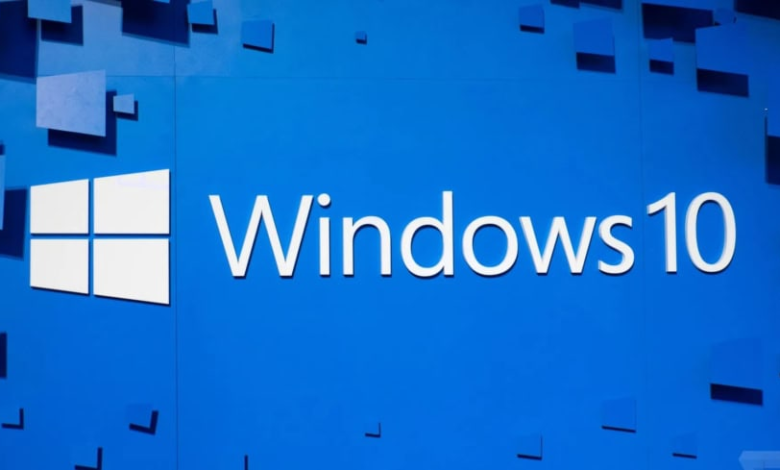The End of an Era: Windows 10 Reaches Its Final Update

After nearly a decade of service, Microsoft has officially ended support for Windows 10, marking the end of one of the most widely used operating systems in history. According to a report from hkitblog.com as of today, October 14, 2025, the company will no longer release security patches, bug fixes, or feature updates for the platform. For millions of users and organizations still relying on it, this signals a major transition in the world of personal computing.
A Decade of Dominance
Windows 10 was first released in July 2015 as the successor to Windows 8. It quickly became Microsoft’s most successful operating system, reaching more than 1 billion devices worldwide by 2020. Praised for its balance between modern design and classic functionality, it introduced key features such as the Start Menu revival, Cortana, and the Microsoft Edge browser.
The operating system was also notable for its “Windows as a Service” model, which provided continuous updates rather than releasing entirely new versions. This approach allowed Microsoft to evolve the platform gradually, improving performance and security while maintaining compatibility with older hardware.
See also: The Benefits of Installing a Flat Glass Skylight in Your Home
Why Support Is Ending
Microsoft had long announced that Windows 10’s lifecycle would officially conclude in October 2025. The decision is part of the company’s strategy to fully transition users to Windows 11, launched in October 2021.
“Windows 10 has been an incredible journey, but technology evolves,” said Yusuf Mehdi, Microsoft’s Executive Vice President of Consumer Marketing. “We encourage users to upgrade to Windows 11 for a more secure and efficient computing experience.”
The company emphasized that without regular security updates, Windows 10 systems will become increasingly vulnerable to cyber threats, making upgrades essential for maintaining digital safety.
What It Means for Users
Starting today, Microsoft will no longer provide free updates or technical support for Windows 10 Home and Pro editions. While devices running Windows 10 will continue to work, users are strongly advised to upgrade to Windows 11 or explore Microsoft’s Extended Security Updates (ESU) program — a paid service offering limited security patches for businesses that need more time to transition.
According to data from StatCounter, as of mid-2025, Windows 10 still powers around 58% of Windows PCs globally, compared to 37% running Windows 11. This means millions of users, especially in schools and small businesses, will need to plan for migration in the coming months.
Why Upgrading Matters
Experts warn that continuing to use unsupported systems carries serious risks. “Without updates, any new vulnerability discovered after October 2025 will remain unpatched,” says cybersecurity analyst Daniel Wu. “Hackers actively target outdated systems, so staying on Windows 10 is not safe for long-term use.”
Upgrading to Windows 11 not only improves security but also brings features optimized for hybrid work environments — including enhanced multitasking, AI-driven search, and better integration with Microsoft’s cloud ecosystem.
A Farewell to a Trusted Companion
For many users, Windows 10 represents more than just an operating system — it’s the software that powered a generation through remote work, online learning, and digital transformation. Its stability and familiarity made it a favorite among individuals and enterprises alike.
As Windows 10 officially bows out, it leaves behind a legacy of innovation and resilience. The focus now shifts to Windows 11 and beyond, as Microsoft continues to shape the future of computing.
Source: https://www.hkitblog.com/





